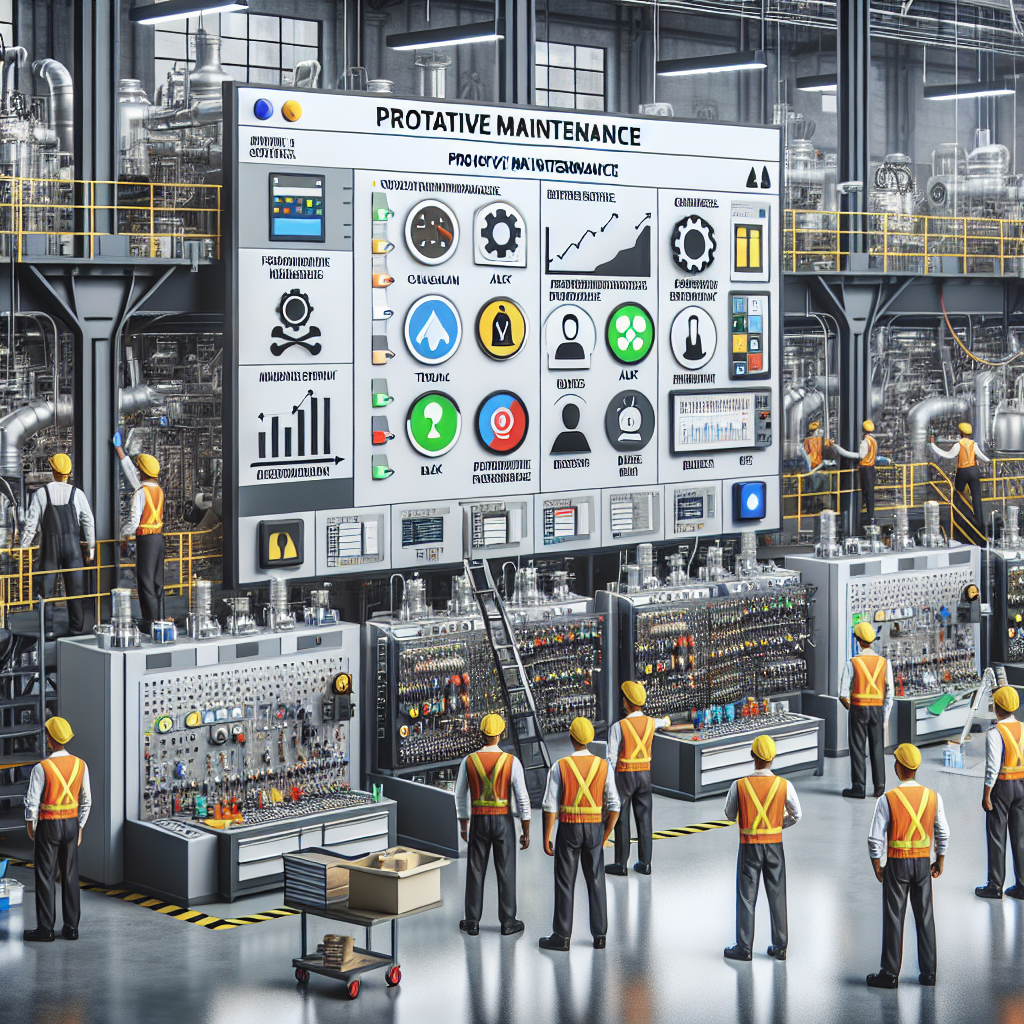Implementing a proactive maintenance strategy in your facility is crucial to ensuring the smooth operation of equipment and reducing costly downtime. By identifying and addressing potential issues before they become major problems, you can save time and money in the long run. Here are some steps to help you implement a proactive maintenance strategy in your facility.
1. Conduct a thorough assessment of your equipment: Start by taking stock of all the equipment in your facility and identifying potential areas of concern. This could include outdated machinery, equipment that is frequently breaking down, or components that are nearing the end of their lifespan. By understanding the current state of your equipment, you can better prioritize maintenance efforts.
2. Establish a preventive maintenance schedule: Once you have identified potential areas of concern, create a preventive maintenance schedule that outlines when each piece of equipment should be inspected and serviced. This schedule should be based on manufacturer recommendations, industry best practices, and the specific needs of your facility.
3. Implement condition monitoring techniques: In addition to scheduled maintenance, consider implementing condition monitoring techniques to track the performance of your equipment in real-time. This could include vibration analysis, oil analysis, thermal imaging, or other predictive maintenance methods. By monitoring the condition of your equipment, you can identify potential issues before they lead to a breakdown.
4. Train your maintenance team: Ensure that your maintenance team is properly trained in the latest maintenance techniques and technologies. This could include training on specific equipment, as well as training on how to use condition monitoring tools effectively. By investing in training for your team, you can improve the efficiency and effectiveness of your proactive maintenance efforts.
5. Use maintenance management software: Consider investing in maintenance management software to help track and manage your proactive maintenance efforts. These tools can help you schedule maintenance tasks, track equipment performance, and generate reports on maintenance activities. By using software to streamline your maintenance processes, you can improve the overall effectiveness of your proactive maintenance strategy.
6. Continuously improve your maintenance strategy: Finally, remember that implementing a proactive maintenance strategy is an ongoing process. Regularly review and evaluate your maintenance practices to identify areas for improvement. This could include adjusting your preventive maintenance schedule, updating your condition monitoring techniques, or investing in new maintenance technologies. By continuously improving your maintenance strategy, you can ensure that your facility operates smoothly and efficiently.
In conclusion, implementing a proactive maintenance strategy in your facility is essential for reducing downtime and maximizing the lifespan of your equipment. By conducting a thorough assessment, establishing a preventive maintenance schedule, implementing condition monitoring techniques, training your team, using maintenance management software, and continuously improving your maintenance strategy, you can ensure that your facility operates at peak performance.


Leave a Reply